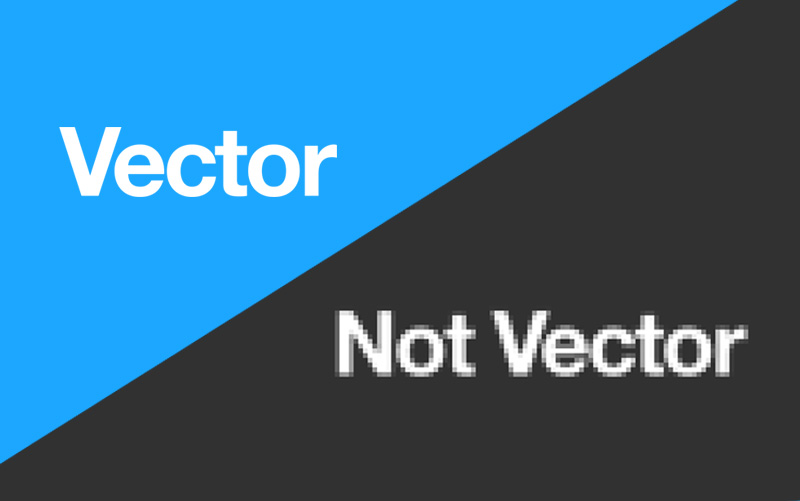Have you ever needed to send a logo to a printer or designer and they ask for the vector file? Or have you ever went to print an image or a poster only to find that everything looks blurry and pixelated? In order to understand both situations, we need to understand that there are really two types of files, Vector Files and Raster Files. Hence, we’ll answer the question that I often hear weekly, “What is a vector file?”
Vector files – the use of geometrical primitives such as points, lines, curves, and shapes or polygons—all of which are based on mathematical expressions—to represent images in computer graphics.
Raster files – a dot matrix data structure representing a generally rectangular grid of pixels, or points of color, viewable via a monitor, paper, or other display medium. Raster images are stored in image files with varying formats
Well, that all sounds boring and awful. Let me explain this in layman’s terms.
Simply put – vector graphics are lined based which means they can be enlarged to any size without loosing quality. A vector file is meant to be enlarged, used in many large print formats and SHOULD BE what a logo is designed as. That’s often why you’ll hear a printer ask for the “Vector File” or “Vector Artwork.” Raster graphics are pixel based. Images, graphics and files with high detail and different ranges of resolution.
This information isn’t crucial if you’re just working on Microsoft Word, text programs or Pages, Numbers or Keynote for mac. But if you’re a graphic designer, web developer or even just an average Joe putting a flyer together, this is a MUST KNOW!
Vector files will include the following formats: EPS, PDF, AI, INDD
Raster files will be: JPG, PNG, GIF, TIFF, PSD
So, how do you create a vector file?
Well, in the design world, if you’re creating a logo or any designs for print (business cards, brochures, menus, posters, etc.) you’re typically using Adobe Illustrator or In Design. Those are both vector based programs and when you zoom in on the design, will look crisp and clear no matter if you’re at 100% or 500%. If you’re using photoshop, it’s a raster based program and when you zoom in you’re notice the letters or text in your design get pixelated if you zoom past 100% percent.
If you enlarge a raster file past 100%, it starts to look awful, pixelated and blurry. Whereas with a vector file, it looks crisp and clean as you zoom in. This is why a logo design should always be created as a vector file. That way you can move it from a business card to a billboard if need be without loss of quality. Often when you zoom in on a family photo or picture you took, it can start to look really bad. Or if you send a picture at low quality, it looks small and blurry. If the picture is saved in a large format or higher pixel count, you’ll notice it takes more zooming in before getting too blurry.
So why would you use a program like photoshop if it looks blurry when you zoom in? Because graphically you can do way more with editing pixels than lines. All photographers use Photoshop or a similar program for photo editing. And usually when images are taken from a camera, they start out big so you can zoom in without it looking too pixelated. You can create much more advanced graphics with Photoshop than you can with Illustrator or a vector program as well. The good news is that both vector graphics and raster graphics work seamlessly together, but that’ll have to be explained in another post.
So, when a printer asks you for the “Vector File,” look for the file extension of .eps, .ai, .pdf or others from above. And when you go to print something, know that if you’re printing a JPG that is 200 pixels wide, it’s going to look REALLY bad and pixelated. If you send a logo off that is a small JPG, PNG or other raster type file, know that you’ll make the designer or printer very angry and they’ll ask for the vector file.
So – cheers on answering the question: “What is a vector file?” Something that I wish I would’ve known sooner in my design career.






